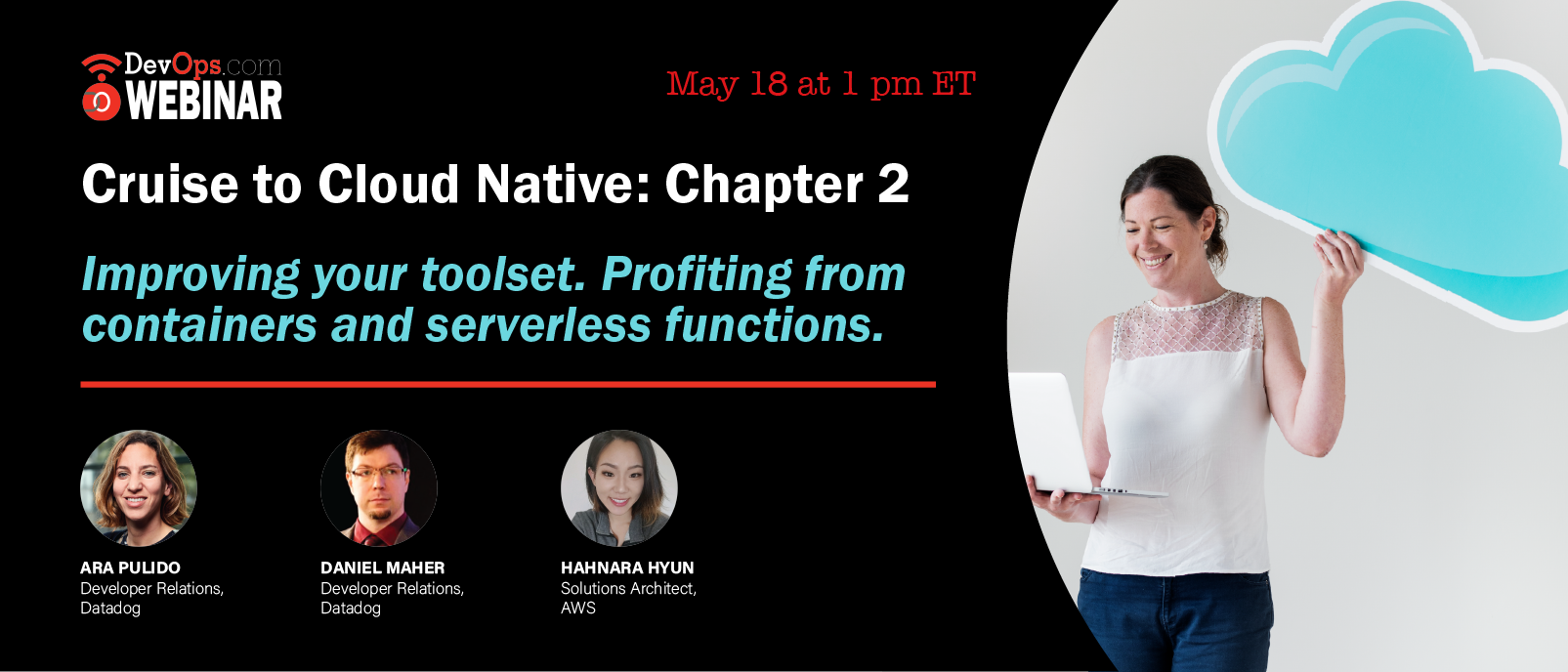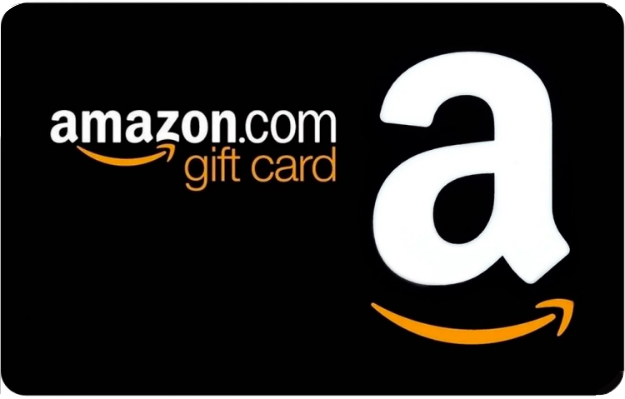Webinar
Think About Your Audience Before Choosing a Webinar Title

Sponsored by DATADOG
What You’ll Learn in This Webinar
Cloud migrations present straightforward challenges, and it’s common for organisations to see enough benefit from the exercise to stop right at the first phase. But you want to go further. You want to realise the full potential of the cloud, and all the benefits it can bring to your environment—and your business.
In part two of this three-part joint AWS and Datadog webinar series, we’ll move on to an exciting new phase: the cloud-native model! Starting with the early migration scenario presented in part one, we’ll explain how to identify candidates for re-architecture, provide a development path, and explain the rationale behind these decisions and choices. Observability practices and tooling will play a key role in helping us to understand the impact of these changes; performance is important, but cost is too, and you need the best data available to collect, analyse, and report on the benefits of the cloud-native model.
We’ll look at some powerful AWS technologies, including ECS and Lambda, and how Datadog provides full visibility into your historical, current, and future usage and use-cases.
Senior Product Manager - AWSSenior Product Manage







